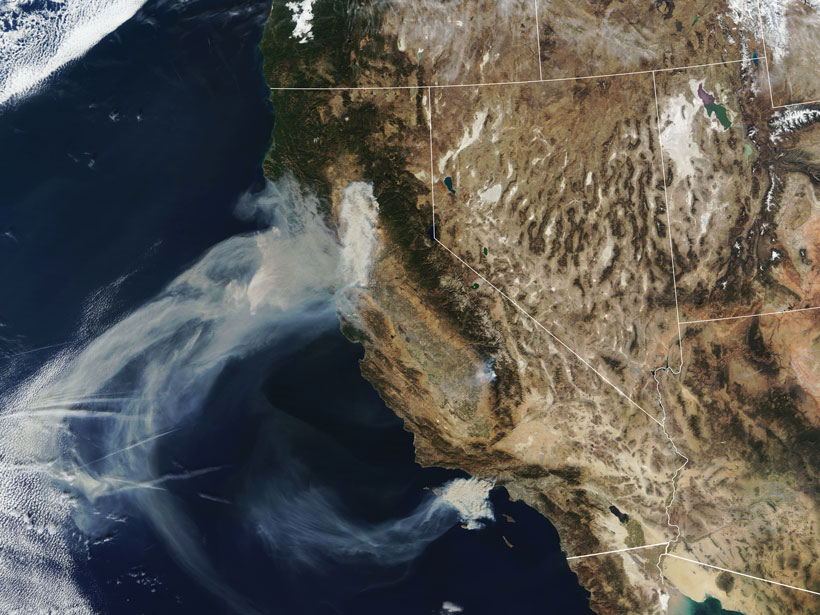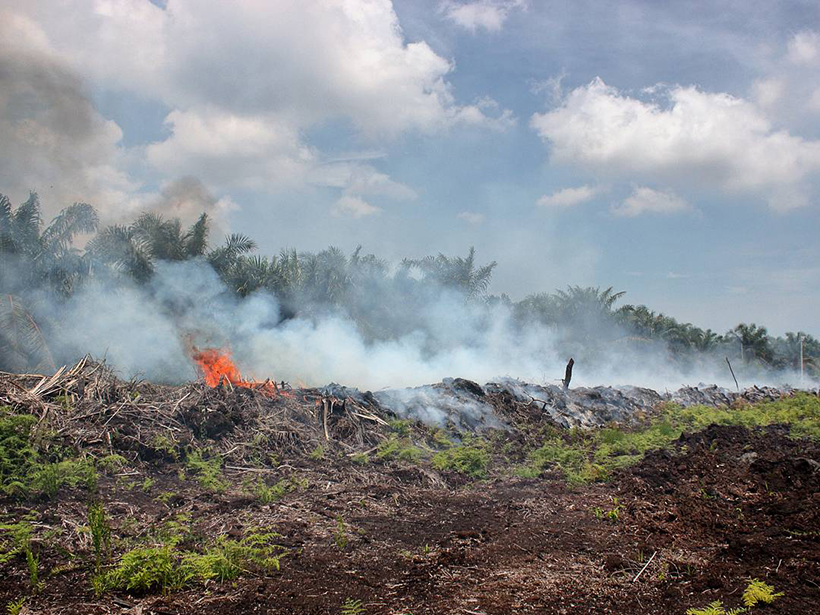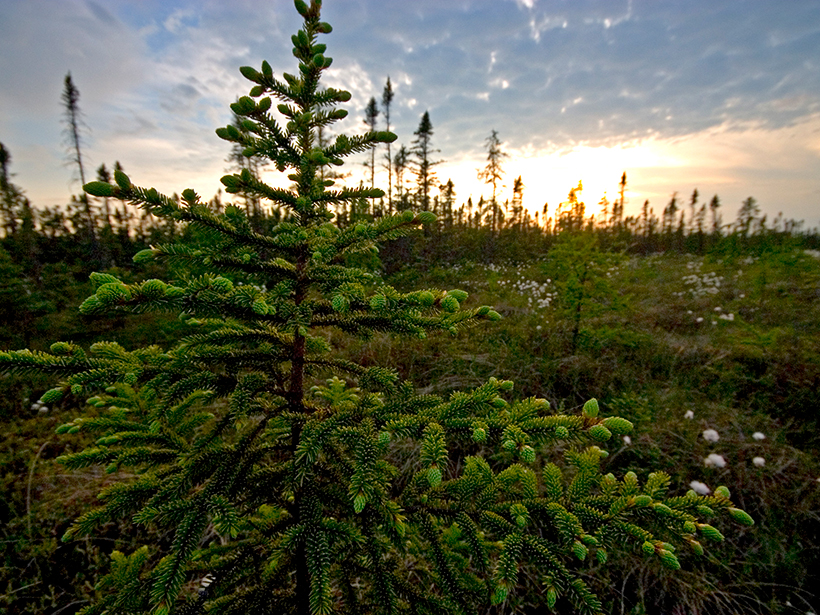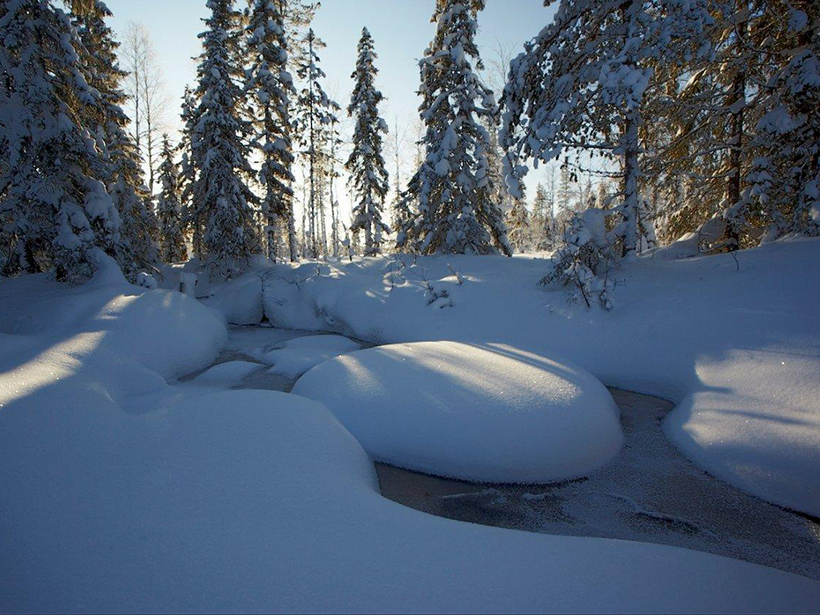Satellites provide global-scale data that are invaluable in efforts to understand, monitor, and respond to wildfires and emissions, which are increasingly affecting climate and putting humans at risk.
peat
Peatlands Are Drying Out Across Europe
Peatlands are some of the world’s largest reservoirs of soil carbon, but new research finds that in Europe they are drying out, putting them at risk of turning from carbon sinks to carbon sources.
Resilient Peatlands Keep Carbon Bogged Down
Boreal peatlands contain some of the world’s largest reservoirs of soil carbon, and new research suggests some peatlands may hold on to that carbon even as the climate changes.
Depth Matters in Peat Bog Nutrient Cycling
Peatlands store around a third of Earth’s soil carbon, and a new study begins to reveal how the ecosystems’ organic matter changes with depth.
Drones Hunt for Impacts of Oil Exploration on Wetland Emissions
Seismic lines, constructed for petroleum resource exploration, disturb Canadian peatlands, but how can we detect their impact on greenhouse gas budgets?
Measuring Emissions from Smoldering Peat Fires
A new study measures emission factors for tropical peatland fires in Malaysia.
A Better Way to Probe Peat
Florida scientists use ground-penetrating radar to image underground carbon stores in the Disney Wilderness Preserve.
A Wetter Climate Increases Methane Production in Peat
As northern Minnesota's climate got wetter, precipitation drove mobile forms of young carbon deeper into peatlands, doubling the size of methane-producing strata.
Upscaling Peatland Science Through Collaborative Big Data
PeatDataHub launch meeting; Leeds, United Kingdom, 23–24 May 2016
Headwater Streams May Export More Carbon Than Previously Thought
New research sheds light on the streams that carry carbon away from peatlands with the hope that the data will better inform climate models.










